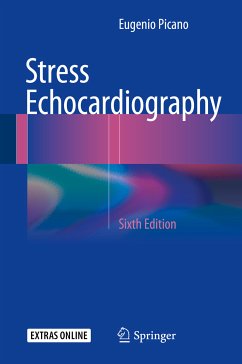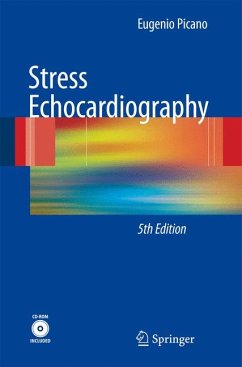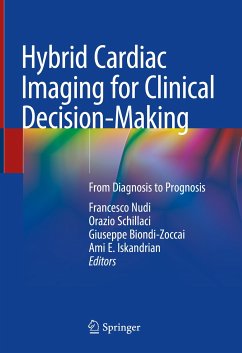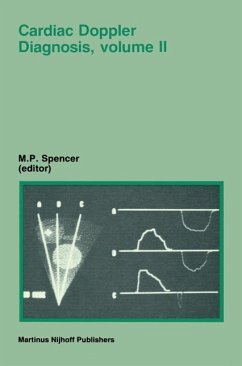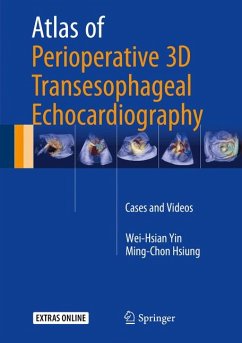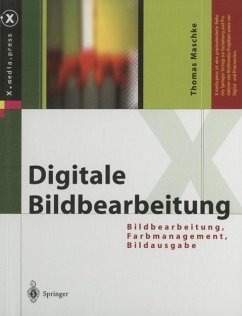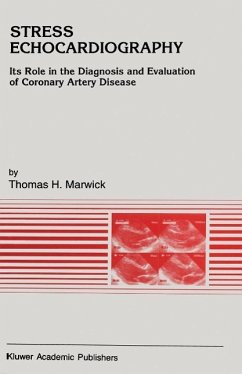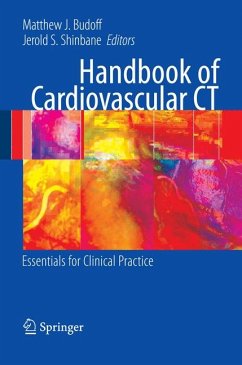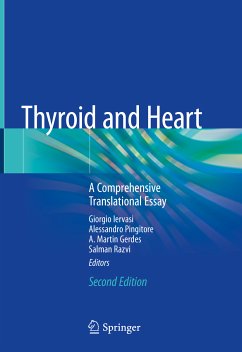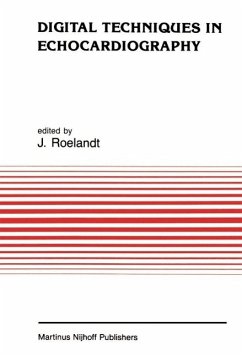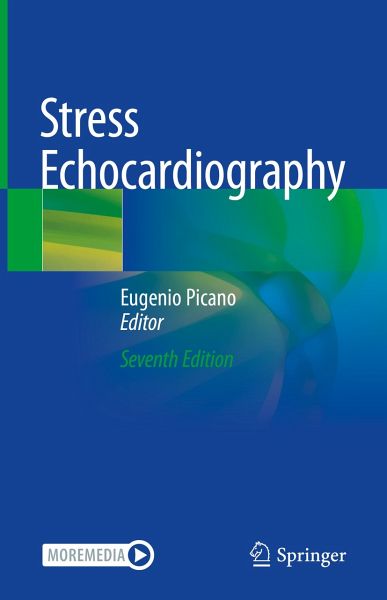
Stress Echocardiography (eBook, PDF)
Versandkostenfrei!
Sofort per Download lieferbar
120,95 €
inkl. MwSt.
Weitere Ausgaben:

PAYBACK Punkte
60 °P sammeln!
This is the seventh edition of a long-selling book (first edition 1991) that was translated into Italian, French, Chinese, Portuguese, Spanish, English. In the last ten years, stress echocardiography has exploded in its breadth and variety of applications. From a one-fits-all approach (wall motion by 2D-echo in the patient with known or suspected coronary artery disease), the field has progressed to an omnivorous, next-generation laboratory employing a variety of technologies (from M-Mode to 2D, from pulsed, continuous, color and tissue Doppler to lung ultrasound) on patients covering the enti...
This is the seventh edition of a long-selling book (first edition 1991) that was translated into Italian, French, Chinese, Portuguese, Spanish, English. In the last ten years, stress echocardiography has exploded in its breadth and variety of applications. From a one-fits-all approach (wall motion by 2D-echo in the patient with known or suspected coronary artery disease), the field has progressed to an omnivorous, next-generation laboratory employing a variety of technologies (from M-Mode to 2D, from pulsed, continuous, color and tissue Doppler to lung ultrasound) on patients covering the entire spectrum of severity (from elite athletes to patients with end-stage heart failure) and ages (from children with congenital heart disease to the elderly with aortic stenosis). This new edition is enriched with over 300 figures, 150 tables and video-clips. In a societal and economic climate of increasing pressure for appropriate, justified and optimized imaging, stress echocardiography offers the great advantages of being radiation-free, relatively low cost, with minimal environmental impact, and with a staggering versatility: we can get more (information) with less (cost and risk).
The volume will be a tremendous aid to current best practices for all health operators who intend to use stress echocardiography and ultrasound for diagnosis and guidance of optimal management in their patients.
The volume will be a tremendous aid to current best practices for all health operators who intend to use stress echocardiography and ultrasound for diagnosis and guidance of optimal management in their patients.
Dieser Download kann aus rechtlichen Gründen nur mit Rechnungsadresse in A, B, BG, CY, CZ, D, DK, EW, E, FIN, F, GR, HR, H, IRL, I, LT, L, LR, M, NL, PL, P, R, S, SLO, SK ausgeliefert werden.



